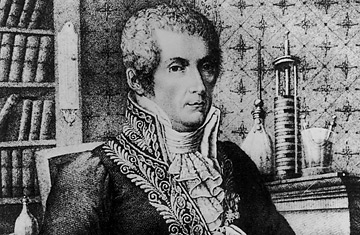Potential Difference of Point Charge in a Non-Uniform Field
Claimed by dmengesha3 Dina
The Main Idea
This section is about why non uniform fields are hard to calculate
A Mathematical Model
What are the mathematical equations that allow us to model this topic. For example [math]\displaystyle{ {\frac{d\vec{p}}{dt}}_{system} = \vec{F}_{net} }[/math] where p is the momentum of the system and F is the net force from the surroundings.
A Computational Model
Refer to this Website:
https://phet.colorado.edu/sims/charges-and-fields/charges-and-fields_en.html
To observe how the electric field of a point charge differs from one location to another because it is proportional to 1/r^2. Then play around with measuring the potential difference between two points and see how distance affects the calculation of potential difference. You should observe a 1/r relationship.
Exercises 1. Put down a positive charge. Put 3 E-Field Sensors down: one close to the charge, the next farther away, the next one even farther stil
Notice that the magnitude of the arrows decreases as the distance from the point charge increases
2. Repeat the steps of #1 but replace the positive point charge with a negative point charge.
You should notice the same trend occur
3. Click "Show E-field" on the right menu bar and move the point charge around the plot
Notice that the Electric field gets larger in magnitude as the point charge moves closer to the observation location
4. Move the point charge closer to the observation location that measures potential difference
Notice that the closer the point charge is to this location the higher the magnitude of the potential difference
Examples
Be sure to show all steps in your solution and include diagrams whenever possible
Simple
Middling
Difficult
Connectedness
Connections in Chemistry
Electrostatic potential energy maps are made of molecules to portray the charge distribution of a molecule 3 dimensionally. These maps can be used to determine electronegativity, bond characteristics, and also help find the reactive sites of molecules. Reactive sites are defined as a charged region of a molecule that interact with other charged particles. This can become especially important in assessing what types of molecular interactions and reactions will take place between two elements or compounds.
Industrial Application
Coulomb Barrier for Nuclear Fusion: For two particles (ex: 2 protons to fuse), they must be able to get close enough to one another for the nuclear strong force to overcome their electric repulsion. One must understand the potential difference of a point charge and the potential energy that creates a barrier between two point charges which can be calculated using U=ke^2/r where k =9e9 and e=1.6e-19 The r calculated using this formula determines the radius at which the nuclear attractive force becomes dominant.
History
See also
Calculating Electric Field of a Point Charge
http://www.physicsbook.gatech.edu/Point_Charge
Potential Difference in Uniform Electric Field
http://www.physicsbook.gatech.edu/Potential_Difference_in_a_Uniform_Field
Further reading
Chabay, Ruth W., and Bruce A. Sherwood. Matter and Interactions: Electric and Magnetic Interactions. 4th ed. Vol. II. Place of Publication Not Identified: John Wiley, 2015. Print. Chapter 16. Section 16.5
External links
http://hyperphysics.phy-astr.gsu.edu/hbase/electric/potpoi.html
http://hyperphysics.phy-astr.gsu.edu/hbase/electric/mulpoi.html
References
http://hyperphysics.phy-astr.gsu.edu/hbase/nucene/coubar.html#c1
